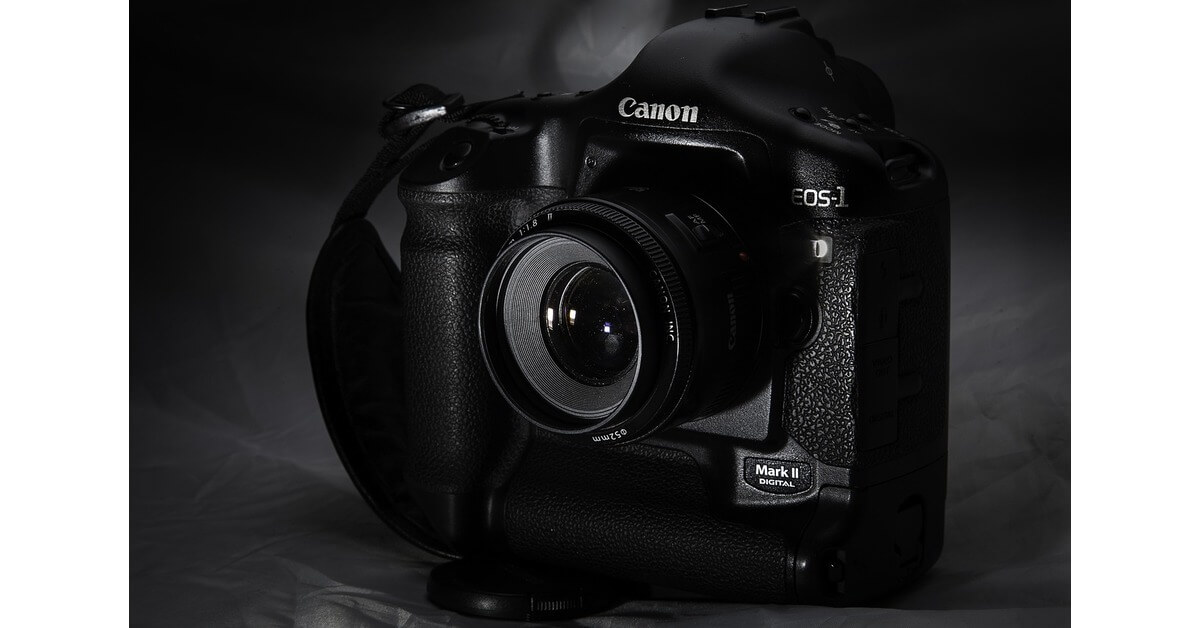Introduction
Choosing the right light seal thickness for your Canon f1 might seem minor, but it’s one of the most crucial aspects of camera maintenance. Light seals ensure your photos are crisp and free from unwanted light leaks. If you’ve ever wondered what the right light thickness is for your What Lightseal Thickness for Canon f1, you’re in the right place. In this guide, we’ll explain why the thickness matters and how you can make the best choice for your beloved camera.
What Are Lightseals?
Lightseals are small but essential components in film cameras like the Canon f1. Their job? Prevent light from seeping into the film chamber, which could ruin your shots. They sit along the edges of the camera back and inside the body, blocking stray light. Over time, these seals degrade, allowing light leaks to damage your film.
The Canon f1: A Legendary Camera
Released in 1971, the Canon F1 is a workhorse in the world of 35mm film cameras. Loved by professionals and enthusiasts alike, it boasts reliability, durability, and precision. But like any camera of its age, the F1 requires regular maintenance to keep performing at its best, and light seals are often one of the first things to wear out.
Why Lightseal Thickness Is Important
So, why does light seal thickness matter? The thickness of your light seal ensures a snug fit between the camera’s back and the body. If the seals are too thin, they might not block all the light, leading to leaks. If they’re too thick, they could make it difficult to close the camera, possibly damaging the body over time.
Standard Lightseal Thickness for the Canon f1
Canon originally used a specific thickness of foam or felt for its light seals, typically around 1-2mm. However, depending on your camera’s age and degree of wear, you might need a custom solution. Replacement kits often come with 1.5mm seals, which are a standard fit for many Canon F1 models.
How to Measure Lightseal Thickness for Replacement
Measuring the old ones before you replace your light seals is a good idea. You can use a calliper to get a precise measurement. If the seals have degraded, estimate the original thickness by checking the space between the camera back and the body. For the Canon f1, a thickness of around 1.5mm usually works well.
Signs You Need to Replace Your Canon f1 Lightseals
Wondering if it’s time to replace your light seals? Here are a few signs to watch for:
- Light leaks in your photos
- Difficulty closing the back of the camera
- Sticky or crumbling foam around the camera edges
If you spot any of these issues, it’s likely time for a replacement.
How to Replace Lightseals on the Canon f1
Replacing light seals may seem intimidating, but it’s a relatively simple process. Here’s a quick guide:
- Remove the old seals: Use a toothpick or tweezers to lift the old foam or felt carefully.
- Clean the grooves: Wipe the grooves with rubbing alcohol to remove any residue.
- Install new seals: Cut new light seal foam to size and carefully press it into place.
What Material Should You Use for Canon f1 Lightseals?
Light seals come in two primary materials: foam and felt.
- Foam: Offers a good balance of flexibility and durability. Foam seals are ideal for the Canon f1 due to their snug fit.
- Felt: Felt is less common but can be a good choice for older cameras with wider gaps.
Common Issues with Incorrect Lightseal Thickness
Using the wrong thickness of light seals can cause several issues:
- Light leaks: Thin seals won’t block all the light.
- Film transport problems: Thick seals can make it hard to close the camera, affecting film loading.
DIY vs. Professional Lightseal Replacement
Should you replace the seals yourself or hire a professional? A DIY replacement can save you money if you’re handy and patient. However, Professional repair services guarantee precision and often include a full camera inspection.
Cost of Lightseal Replacement for Canon f1
- DIY replacement: A light seal kit typically costs around $10-$20.
- Professional repair: Expect to pay $50-$100, depending on where you go.
Maintaining Your Canon f1 After Lightseal Replacement
Once your new seals are installed, here’s how to make them last:
- Store your camera in a cool, dry place
- Avoid excessive pressure on the camera back
- Regularly inspect your seals for wear
Conclusion
Maintaining the correct light seal thickness for your Canon F1 is crucial to preserving the quality of your photos. Whether you go DIY or hire a professional, the proper seals ensure your beloved camera will keep shooting for years. Top 30+ Popular Numbers: 3218689329
